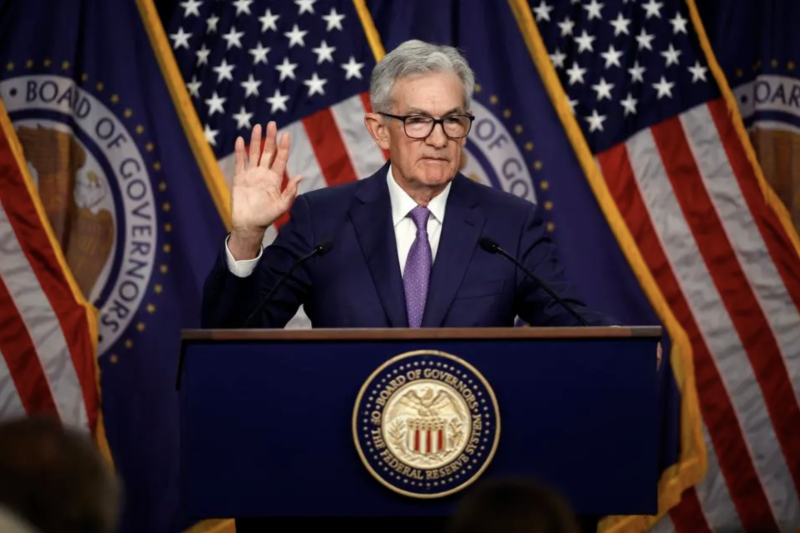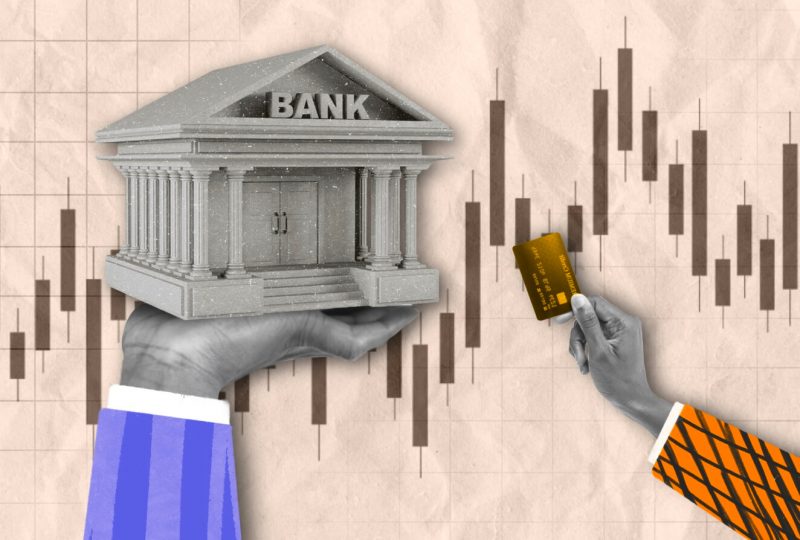Inflation Outlook 2025: What is Next for the Economy?
Jan 14, 2025

As we enter 2025, the global economic stage is dominated by pressing questions about inflation. After years of fluctuating rates and uncertain forecasts, investors, policymakers, and businesses are focused on understanding the path forward.
In this year’s inflation outlook, we will examine evolving economic trends fueled by fiscal policy, market dynamics, and international factors.
Inflation Forecast: Higher Than Desired
Economic projections for 2025 paint a challenging picture. According to a report by AXA Investment Managers, the U.S. inflation rate is expected to hover around 2.8%, significantly above the Federal Reserve’s 2% target.
President Donald Trump’s fiscal policies, including increased government spending and restrictive immigration measures, can significantly contribute to this uptick. Such policies create a dual impact: supply shocks from reduced labor availability and demand boosts through fiscal easing. The result is a challenging environment for controlling inflation.
Globally, inflationary pressures vary. In the Eurozone, the inflation rate is likely to stay below the target the European Central Bank set, which is good news. Meanwhile, the United Kingdom looks at a moderate inflation rate of 2.5%, influenced mainly by tax adjustments and reduced household spending.
Inflation Data and Market Implications
Recent inflation data from the Consumer Price Index (CPI) and the Personal Consumption Expenditures (PCE) metric underscore persistent challenges. December’s CPI figures revealed a year-on-year increase of 2.9%, with core CPI holding steady at 3.3%. While these numbers indicate stabilization compared to 2024, they also highlight the difficulty of returning to pre-pandemic inflation levels.
Market reactions to these figures reflect broader uncertainties. As analysts at Wells Fargo noted, higher energy and food prices in late 2024 have underpinned inflationary pressures, complicating efforts to reach the Fed’s targets.
Meanwhile, the Federal Reserve remains cautious. Its “higher for longer” interest rate stance signals that the fight against inflation is far from over, despite potential rate cuts later in the year.
Economic Forecast 2025: Growth Amid Constraints
The economic forecast for 2025 presents a complex interplay between growth and inflation.
The U.S. economy begins the year with substantial momentum, supported by vigorous consumer spending and high household savings. Nevertheless, growth is anticipated to slow, with GDP growth decreasing from 2.7% in 2024 to 2.3% in the current year. Immigration restrictions, a key aspect of Trump’s policy, are expected to limit labor supply, hinder production, and increase inflationary pressures.
Sector-specific dynamics also warrant attention. Although overall construction activity is stagnant, investments in semiconductor and data center projects are flourishing. Government expenditures at the federal, state, and local levels continue to be a significant growth engine. Nonetheless, ongoing global trade tensions and tariffs present risks to supply chains, which could intensify inflationary pressures.
Investor Takeaways: Navigating an Uncertain Landscape
The 2025 inflationary environment demands a strategic approach for investors. Rising long-term yields and inflation expectations create opportunities for real rates and inflation breakevens. Given the restrictive nature of current levels, long-duration real rate positions are particularly attractive, as highlighted by AXA Investment Managers. However, navigating these opportunities requires careful consideration of fiscal policies and their potential ripple effects.
Amid these dynamics, international risks loom large. Geopolitical tensions—from the Russia-Ukraine conflict to uncertainties in the Middle East—add layers of unpredictability to the economic forecast. In the U.S., reduced immigration and potential trade disruptions present significant challenges, underscoring the need for contingency planning across industries.
What’s Next?
The road ahead for 2025’s inflation outlook is fraught with complexities. While a recession appears unlikely, slower growth and persistent inflation require careful navigation by policymakers and stakeholders alike.
The path to price stability may be longer than anticipated, but proactive strategies can help mitigate risks and seize opportunities in a high-inflation environment.




